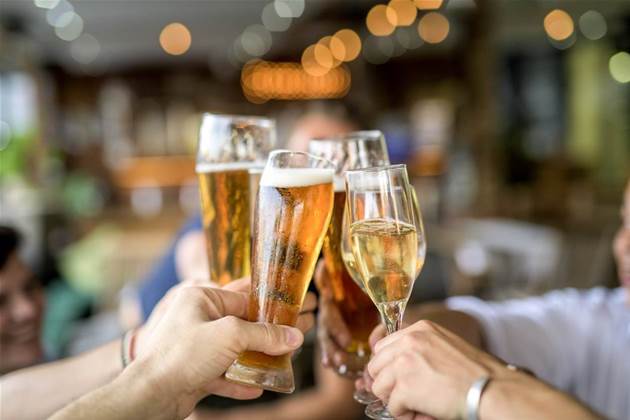Endeavour Group saw a 7 percent reduction in turnover within its business following the introduction of a workplace leadership development solution.

The group owns roughly 1630 retail liquor stores under the Dan Murphy's and BWS brands.
Trevor Hotten, senior capability partner at Endeavour Group told a recent Sydney Qualtrics X4 crowd 900 of its leaders went through its ‘360 survey’, which enables direct peer feedback, during a 12-month timeframe, partnering with Qualtrics.
Hotten said while at first people “may not feel psychologically safe enough to give an honest response” it’s since had a 6 percent increase in scores.
As part of the program, he said the leaders were broken up into groups of about 25 leaders with a business psychiatrist to run the sessions, then pairs created to debrief each other on results.
“To have 900 leaders go through this program in a year, we got to see some shifts. We saw a 7 percent reduction in turnover in the business in that first year within the leadership group”.
He said, “The voice of team results started to shift and change as well”.
Hotten said he joined around the time the company demerged from Woolworths Group around 2021 leading to the creation of “a charter of our values and ways of working”.
He said when building out the beverage business's own identity Hotten said the team “interrogated greatness”.
“We started to establish a list of behaviours and practices those great leaders at Endeavour exemplified and we ended up with a list of 50-60 key qualities.
“From that, we ended up building or breaking down to nine key behaviours that represented the behaviours of our leadership framework.”
He added that “as we launched the framework, the leaders went through the 360 and so already there was a ‘closing the loop of development’.
“It wasn't a performance tool. It was a development tool. That was kind of the way we approached getting it into the culture,” Hotten said.
He said the team found buy-in through the board taking part in the process alongside the executive team.
“When the board saw the reports of the 360’s they thought these scores were a bit high but, the framework was reflective of the leadership we had and the behaviours that were already a high benchmark in the business
“Then we said it's not about measuring their performance; it was about opportunities to develop and improve.
“We had to get that message across and they accepted that very well because they also linked those leaders had the biggest impact and team experience. That was the way we got that through.”
Hotten said that “the real magic was storytelling” with the team communicating how the development of the framework was planned.
“It's a triangulation of data points that we found. We got this data that represented good team experience in our stores equated to better customer results.
“We realised the biggest impact on that store member was the leader. That triangulation of data was a big part of telling that story, of getting buy-in because at the same time, we were going through the great resignation and then we had the war on talent.”
According to Hotten, the business also recognised they were “losing and bleeding talent” and “that that process for getting the leaders to recognise that connection was a significant part of getting that buy-in”.




.png&h=140&w=231&c=1&s=0)





 iTnews Executive Retreat - Security Leaders Edition
iTnews Executive Retreat - Security Leaders Edition












_(1).jpg&h=140&w=231&c=1&s=0)



